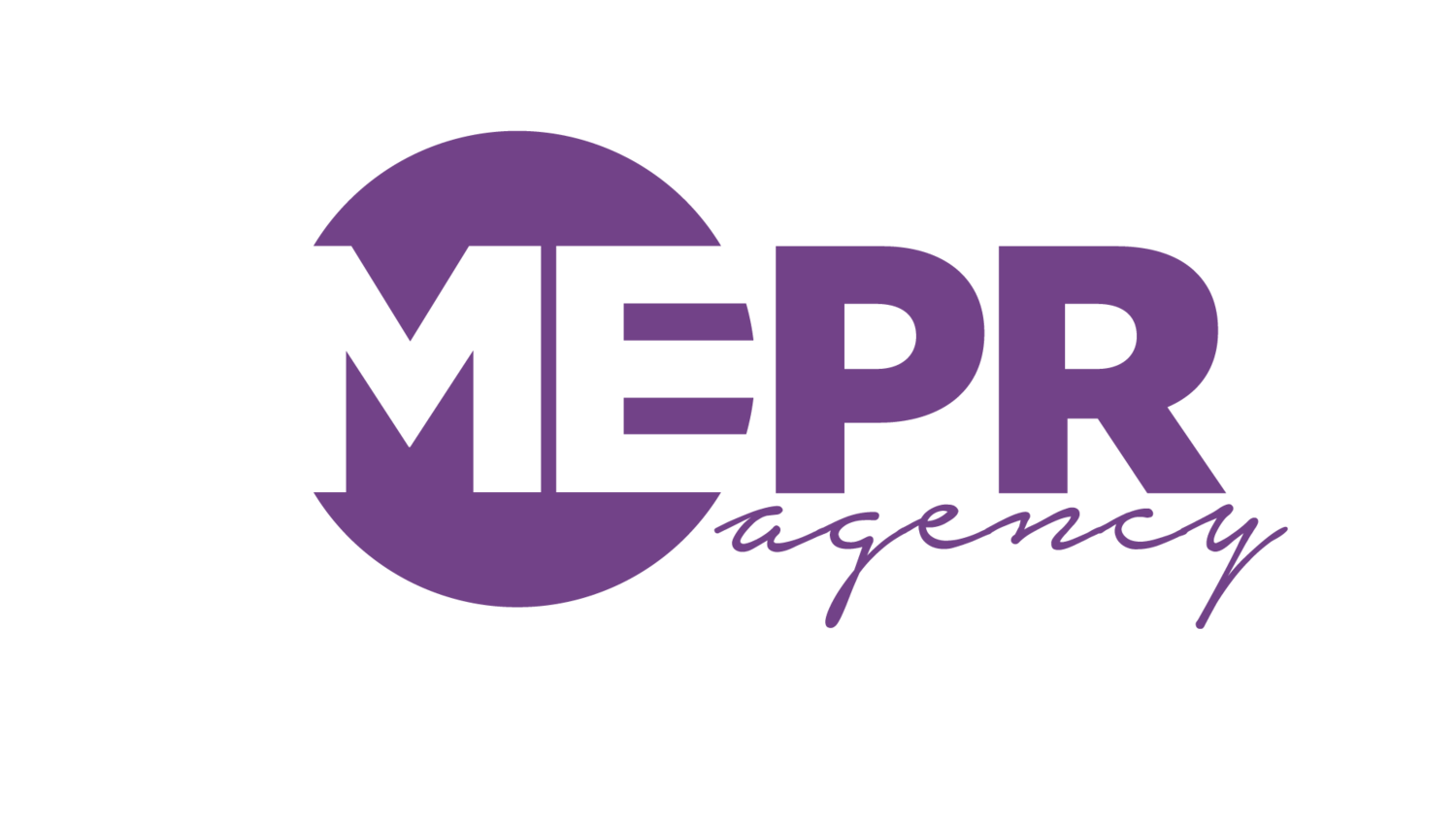The Four Corners of Communication
Think back to elementary school and imagine yourself in a game of four corners. You’re it, so you close your eyes as everyone scrambles to their desired corner. With your eyes closed, you have to pick a corner to tag as many people out as possible.
Communication can be that way, too. One narrator takes the center and tries to strike a chord with the right audience. But communication should not be a guessing game. With this brief tool, created by the National Society for Leadership and Success, you can quickly determine key components of your communication style and that of your team.
There are two levels to the assessment. The first involves the perception you have of yourself and the world around you, labeled as active or thoughtful. Active people are the movers and shakers, those commonly referred to as influencers. Active people come into a quiet room and liven it up. People who are considered to have a more thoughtful style tend to do the opposite. They prioritize harmony, and upon entering a quiet room would maintain the hush.
The second parameter deals with how you gather, process, and prioritize information, as a person who is either questioning or accepting. Questioning people tend to be task-focused and ask “what” questions. Accepting people, on the other hand, are people-focused and ask “who questions.
Begin with the top row.
Using the grid, position yourself. Generally, the corners break down as follows:
- Active, questioning people want to know what is happening and how they can influence the outcome.
- Active, accepting people inquire about who is in the room, and how the audience can be influenced.
- Thoughtful, questioning people examine what’s going on and how they can ensure it’s right.
- Thoughtful, accepting people ask who is here and how can I serve them.
None of these styles is better than the other. Rather, they reveal to us how we communicate, and how we can address the concerns and priorities of others. As Vice President of the Vanderbilt chapter of NSLS, I had been through this exercise multiple times. This spring, as we were walking new members through the activity, I realized that my corners had shifted. Typically on the left side of the chart, active and questioning, I now identify more as active and accepting, largely due to the community engagement work our firm manages. My Vanderbilt education and prior work experience led me to be results-driven, armed with academics and best practices. However, working in various communities alongside the rest of the MEPR team has caused me to prioritize people and their voices beyond demographics and metrics.
I challenge you to complete this activity with your team or prior to a client presentation. Doing so will help proactively avoid gaps in understanding and help you get a better sense of who is listening and for what. You may even find your own style shifting in the process.
Has your team recently expanded, or are you looking to connect with a challenging audience? Contact us today to facilitate a workshop.

